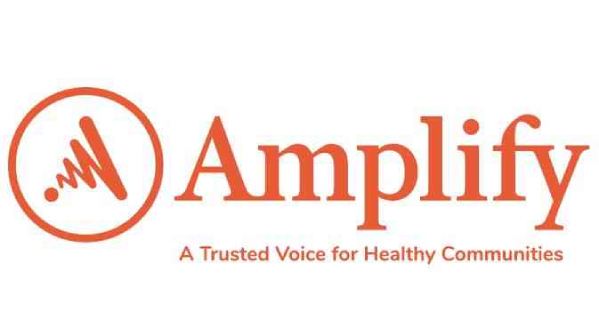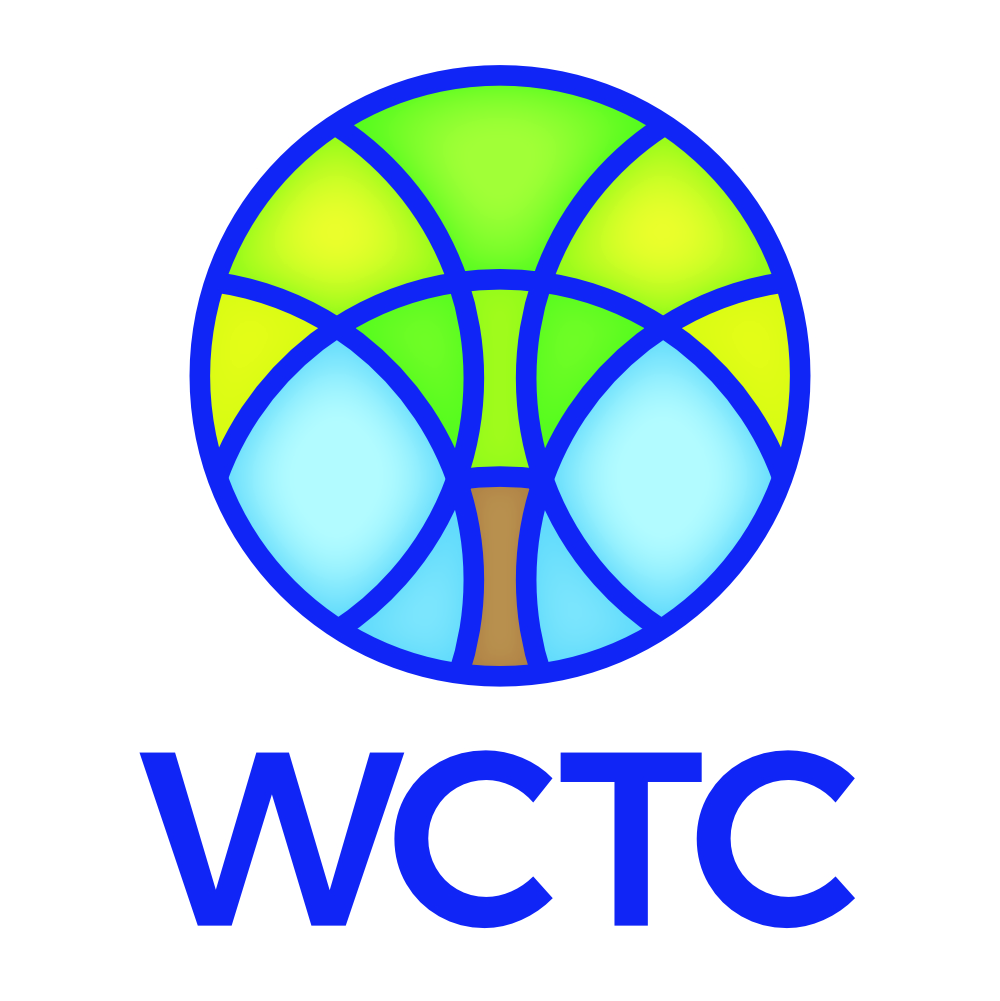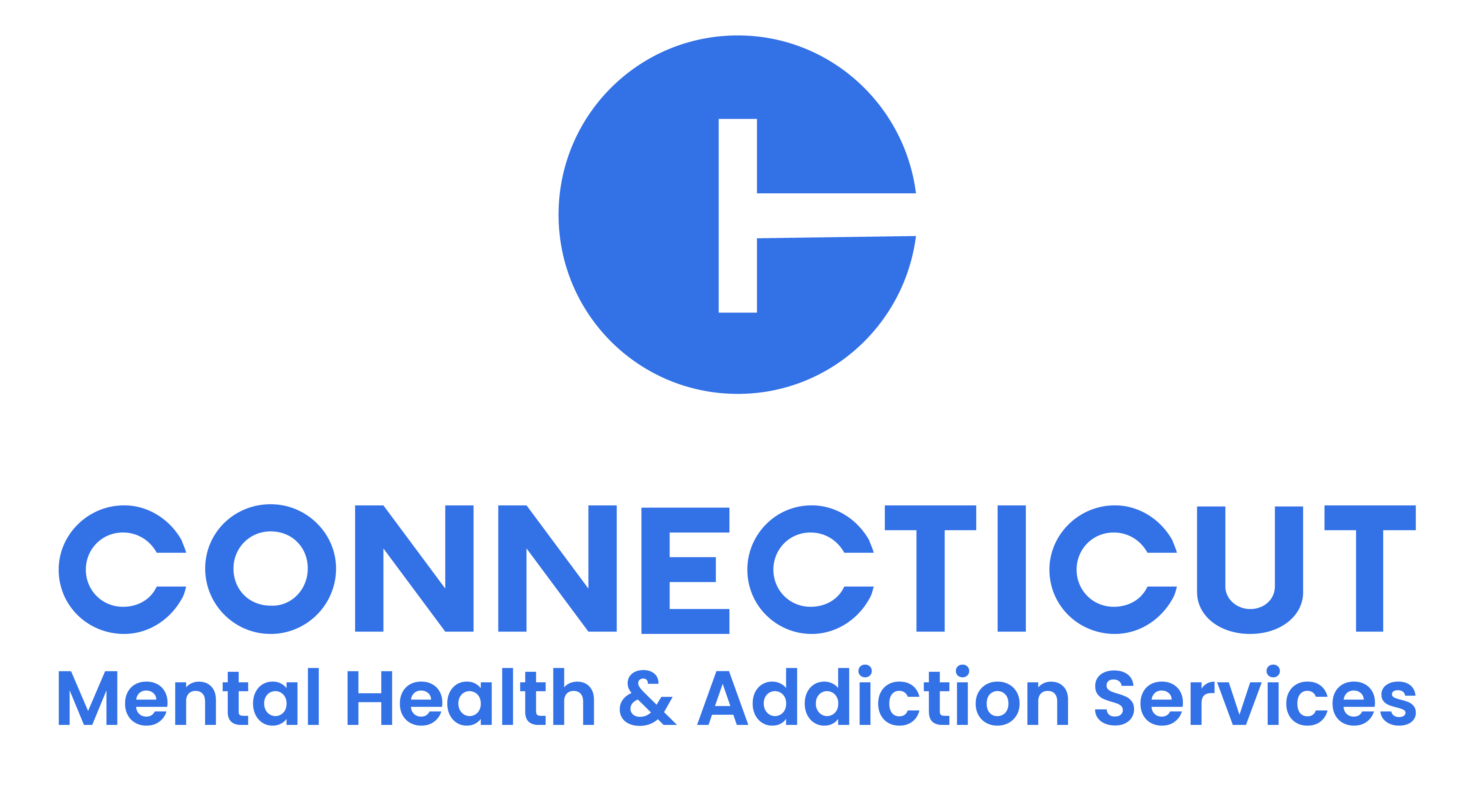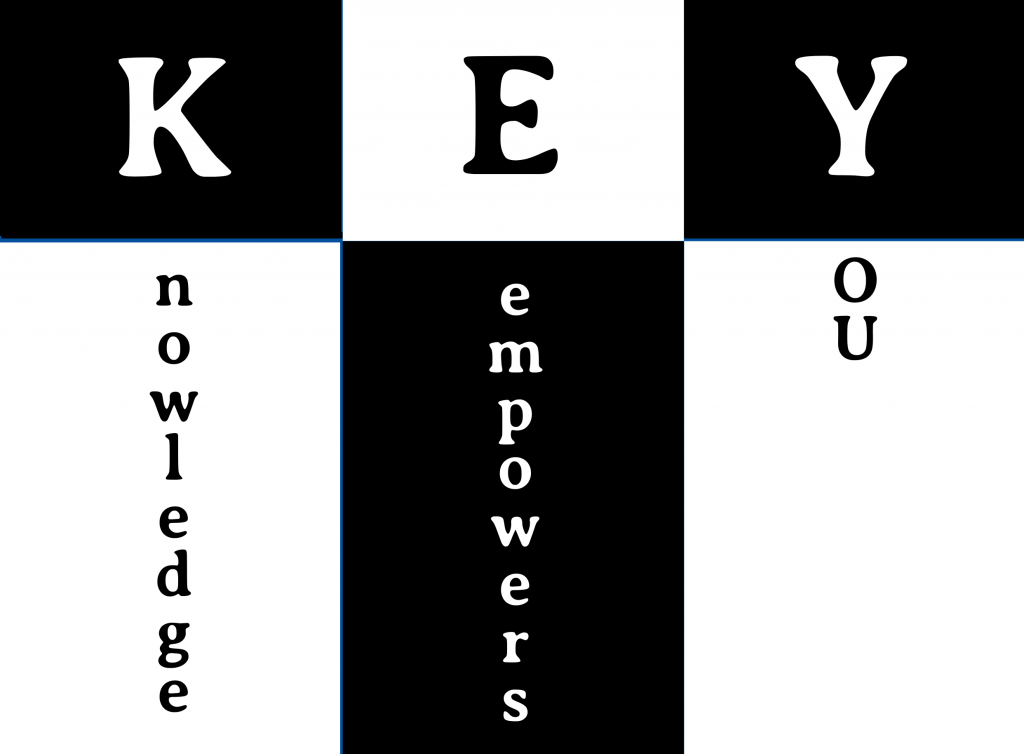
Let’s talk about gaming gambling Prevention
Youth Gambling and gaming
- 1.5%-2% population will meet the criteria for gambling disorder
- Approximately 53,863 individuals enough to fill Fenway Park 1.5 times or Yankee Stadium once with a few people left standing
- 8% population are considered “at-risk” of developing a problem with gambling in their lifetime
- That is approximately 287,269 CT residents
- Enough to attend 28 sold out concerts at Mohegan Sun Arena
- 17% of students reported gambling in the past year
- 26% of students have tried to cut back
- 7% have missed school or other important activities due to gambling
- 12% reported family members expressing concerns about their gambling
- 7% of students have reported experiences problem gambling amongst family members
Source: SERAC, Gambling Behavior and Substance Use, 2019
- Student-athletes may be at an even higher risk than other college students for developing serious gambling problems.
- Student-athletes in major team sports like football and basketball appeared significantly more likely to gamble, gamble frequently, have high-risk behaviors, gamble more money and develop gambling problems in comparison to other athletes.
- Hispanic male student-athletes reported the highest problem gambling and gambling disorder rates.
- Increases in gambling problems among student-athletes also appear correlated with substance abuse, gorging/vomiting, and unprotected sex.
- Odds of winning the Powerball – 1 in 292,201,338
- Odds of catching a foul ball at a MLB stadium – 1 in 835
- Odds of being struck by lightning over the course of a lifetime – 1 in 3,000
- Odds of finding a four-leaf clover – 1 in 10,000
- Odds of living to be 100 years old – 1.73 in 10,000
- Odds of creating a perfect march madness bracket – 1 in 9.2 quintillion Maglio, S. J., & Polman, E. (2016). Revising probability estimates: Why increasing likelihood means increasing impact. Journal of Personality and Social Psychology, 111(2), 141–158. https://doi.org/10.1037/pspa0000058
GAMING
2.5B people game worldwide
Average age is 33
Age 18-25 are most at risk for developing a problem
• 54% Male & 46% Female3-4% struggle with problematic gaming
If your game sessions tend to be several hours long or stretch late into the night, that is a behavior that is also associated with gambling.
Games offering opportunities for login rewards create the habit of gaming every day that is a behavior that is also associated with gambling.
If your game has microtransactions where the item costs for elite gear gets more and more expensive, that is a behavior that is also associated with gambling.
If the games you play offer loot boxes filled with mostly low-level loot but also has a random chance for a rare item, that is a behavior that is also associated with gambling.
Hobby Vs Problem
- Plays for fun
- Performs at school
- Has other hobbies/interests
- Games in their free time
- Can take break easily
- Normal sleep schedule
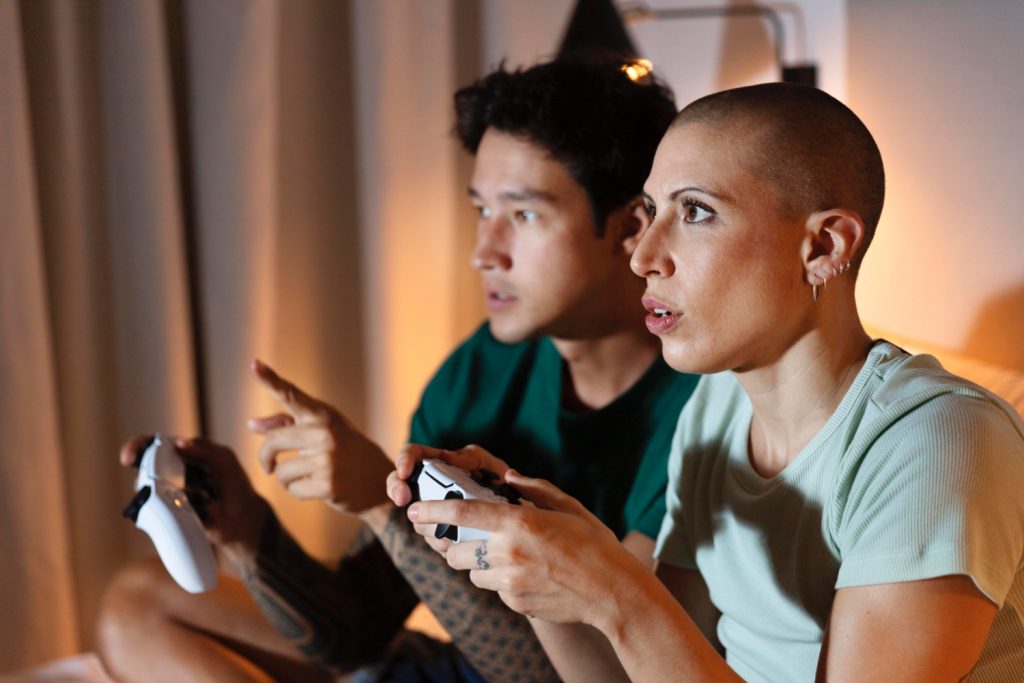

- Plays because they can’t stop
- Withdrawn from school
- Gaming is the only thing they do
- No amount is enough
- Has withdrawal symptoms
- Stays up all night gaming

